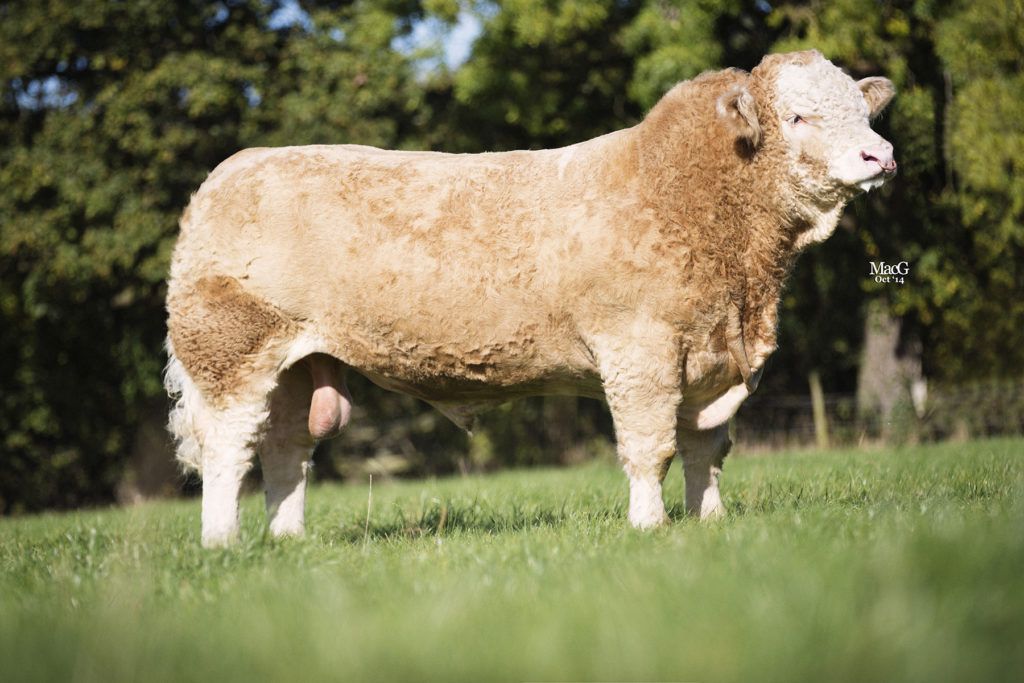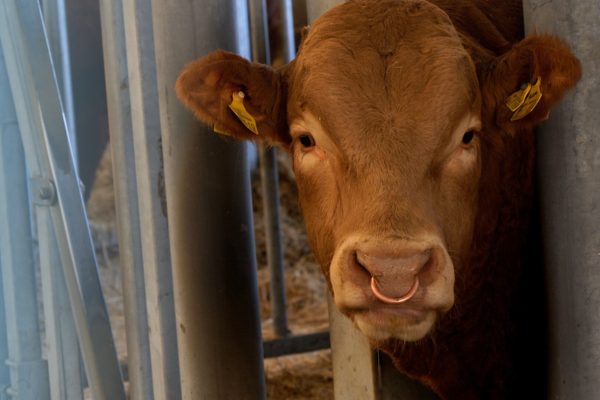Post Purchase Bull Management
29 October 2018 Many of you may have purchased a new stock bull from the various pedigree bull sales recently. Here are a few pointers for looking after and managing your new investment;
Many of you may have purchased a new stock bull from the various pedigree bull sales recently. Here are a few pointers for looking after and managing your new investment;
Wash his coat
It’s recommended that the bull is washed on his arrival home. Your bull will have been prepared for the sale with soaps and sprays used on his coat. By leaving these products in the animal’s coat it can cause skin irritation and can even lead to hair loss.
Give him time to settle in and get used to his home
It’s important that you give your new bull time to adjust and get used to you and his new surroundings. Remember that in the run up to the sale it’s likely that he will have had a lot of close human contact so don’t take him home and put in a pen at the end of shed where is he is unlikely to see what’s going on around about it. Spend time with him and allow him to get to know you. He will need to be quarantined before being mixed with other stock however it’s a good idea for there still to be visual contact with stock. He won’t be used to being isolated.
Making changes to his diet
Feed management of your new bull post sale is extremely important. You will need to allow time for him to adjust to the change in his diet. Remember that your bull will have been feed so that he is in sale condition. Gradually reduce the amount of concentrates (initially feeding him reasonably well) as sudden changes in quantity and feed type can cause stress, which can then cause fertility issues and will generally unsettle him. You can always ask the seller for a bag of feed that the bull has been feed. This will not only help to settle him when he first comes home but will allow for a gradual feed change over. Remember he will not be used to a diet of only forage.
Exercise
After the quarantine period is over, exercising your bull is important before he is put in to work with cows. Allow him exercise in a small paddock near the farm (so that you can keep and eye on him). This will allow your bull to stretch his legs and exercise the muscles he will be using when serving cows. This preparation is likely to reduce the risk of injury when you start to use the bull.
Finally if you have bull insurance speak with your insurer or your insurance certificate so that you know exactly what you are covered for before using your bull.
Sarah Balfour, sarah.balfour@sac.co.uk
Sign up to the FAS newsletter
Receive updates on news, events and publications from Scotland’s Farm Advisory Service





